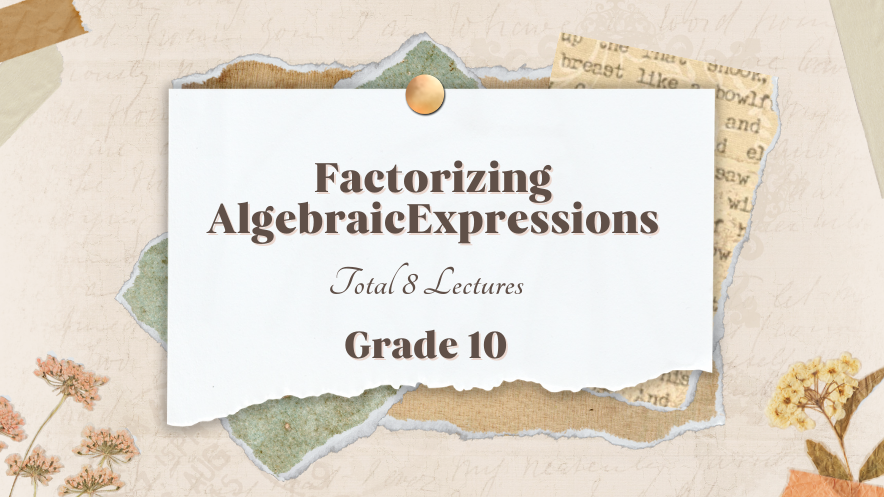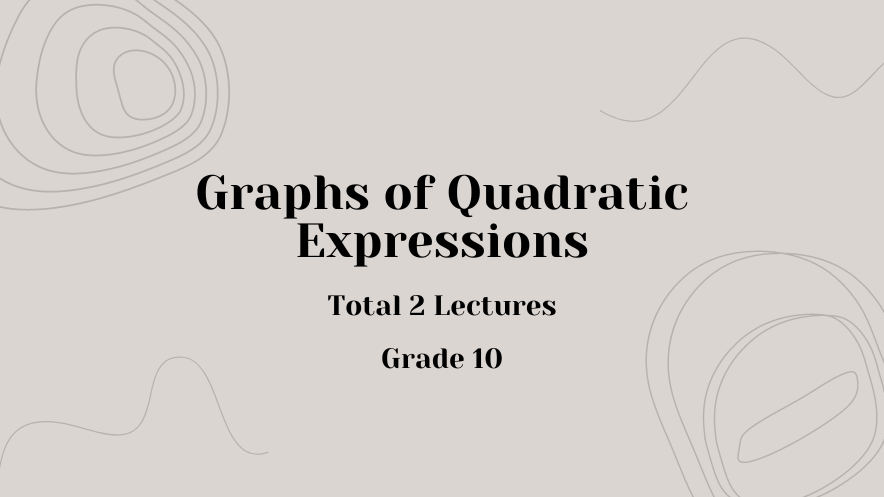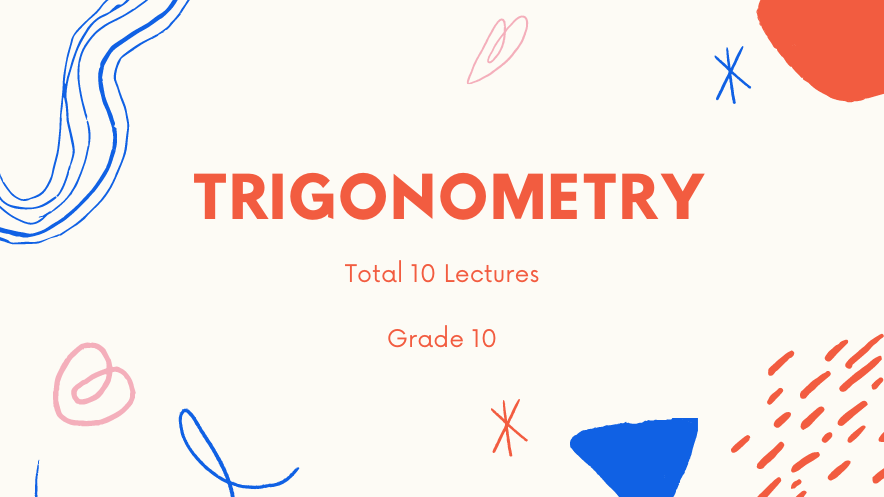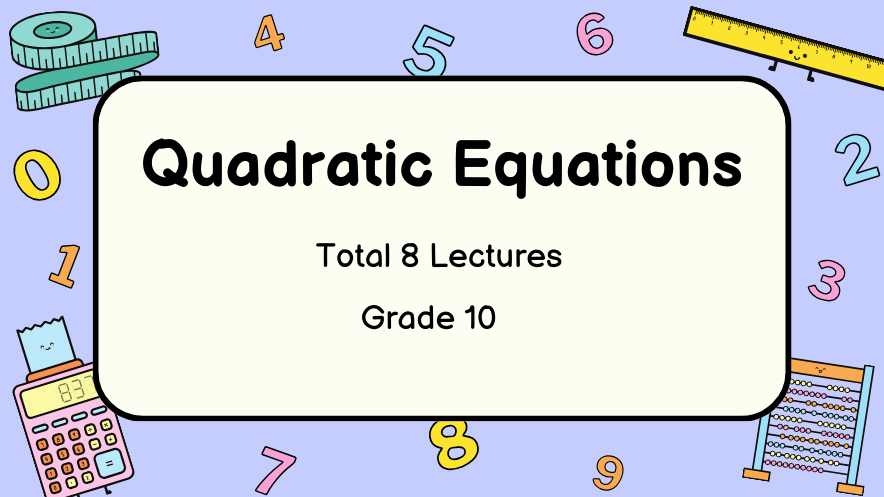

Grade 10
Let’s Score 100 in Grade 10
Build stronghold on mathematics, Strong foundation for College, University or competitive exams. Study from Sachin Gulati, mentoring students for the 2nd toughest exam in world, IIT-JEE for the last 20 years.
Trumath Experience
Let’s hear it from previous Students!
1. Regular Pre-Scheduled Interactive Classes
- Complete preparation for 10th as per CBSE/ICSE curriculum
- Student will get the order of chapter according to their respective schools
- Student will get classes on daily basis just like a regular class
- Question in-between classes with completet preparation explaination
- Student can attend the class any time of the day according to their speed
2. Regular Homework & Daily Practice Problems
- Student will get regular homework after every Topic
- Student has to submit the homework to get it checked
- Student will get daily practice problem after every class
- They will get a personal teacher for any doubts in homework or daily practice problmes
3. Weekly Tests
- Students will get test every Sunday on the last topic they have done
- Full-Syllabus & regular Tests
- Special preparatory classes for Exams
- Previous years exam paper solving Test practice
- Regular revision classes
4. Doubt Clearing Sessions
- Now Student can ask their doubts anytime of the day
- No more hesitateing while asking doubts
- As they will get a personal teacher to whom they can ask thier doubts any time of the day
- No time restiction, student can ask doubts anytime of the day, any number of times







